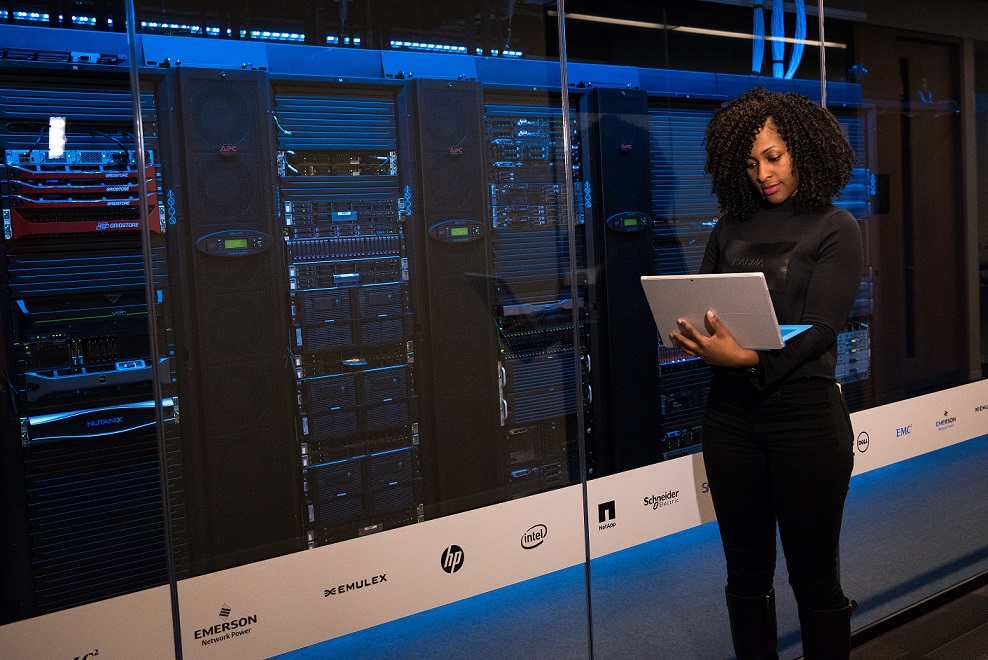Being a truly proactive vCIO takes more than making a few basic recommendations about software renewals or hardware refreshes. A proactive vCIO provides high-level strategic advice to clients through the technical alignment process. How do you do this? You align your client’s technologies against your standards. Some examples of standards are legal and compliance requirements, security requirements, industry requirements, or business-specific requirements.
Although the goal is to be a truly dedicated and proactive vCIO, some fall into a more reactive role or become more of a vCO (Virtual Captain Obvious). Let’s walk through the differences between these roles and what you can do to implement a proactive vCIO in your business.
A VCO (Virtual Captain Obvious)
While you may strive to be a truly dynamic vCIO, you may fall into the category of a vCO (Virtual Captain Obvious). A Virtual Captain Obvious is someone who provides clients with recommendations without using alignment. A vCIO’s goal is to develop a repeatable alignment process to mitigate risks and monitor technology for their clients. For example, you may be a vCO if you meet with non-DMs and the center of your meetings are based around ticket reports, service level agreements, patch status reports, alarms, hardware life cycles, and license renewals. These topics are what we call the “everybody stuff”. Any company can come in and do this at some level, and it doesn’t demonstrate value to the clients as much as a true vCIO would. Some examples of recommendations are:
- your servers are old, replace them
- your backup doesn’t work, upgrade it
- your email version is old, move to the cloud
- your licensing expired, renew it
A Reactive vCIO
A reactive vCIO is someone who provides clients with recommendations using the alignment process. While a company that does a more reactive version of vCIO implements the alignment process and utilizes findings to make recommendations toward technical goals, they do not focus on the business impact nor how this can impact the client’s business in a strategic way. This type of relationship does add some value, but does not result in a proactive relationship since this relationship is rooted in technology and not in the client’s business needs. Some examples could be:
- Security
- Hardware Refresh
- Education
- Compliance
- Policy Changes
A Proactive vCIO
A proactive vCIO is someone who makes recommendations based on the understanding of their clients’ business initiatives. They have a strategic plan for the client to take them from where they are today to where they want to be in the next 12-18 months (if not a longer period of time), and use technology as the vehicle to build that relationship. At TruMethods, we call this 12-18 month plan a client’s Strategic Roadmap.
This vCIO uses the alignment process to fuel their recommendations, which contribute to completing each initiative. These initiatives are collaborative and client-specific because they are rooted in a deep understanding of the client’s business and how technology can impact the client’s current state. A proactive vCIO also looks to suggest initiatives that will impact the bigger costs that could be introduced to their business over time. They know the client’s business strategy, business goals, challenges, risks, vision, core values, competition, competitive advantage, market position, and margins. Technical Alignment and business impact are the foundational elements that allow for building toward this type of strategic business relationship.
How to Approach the vCIO Role
What logic should you apply if you’re aiming to become a more proactive vCIO? You’ll want to think about the client’s business to develop a strategic plan for each client. Then, start thinking about how technology can help the client get where they want to be in their business. How do they want to improve and grow in the next 12-18 months? How will their technology misalignment present business risk? Are there any updates in the MSP industry that are going to have a direct impact on the client?
For example, this past year we saw vCIOs include Windows 7 End of Life in their client strategies. In this case, the initiative may be something like “Hardware Refresh – Windows 7″ and the recommendation would be the steps we need to be completed to accomplish this initiative over a certain amount of time. Are there any business goals that can be incorporated in our plan for the next 12-18 months? An office move, new site, or changing one of their line of business applications to allow their employees to be more efficient could be a logical next step in their business. Maybe the client informs you that they have started thinking of adding a second location. That initiative would require many different items to be completed over time in order to be considered complete.
If the vCIO was using our myITprocess software tool in this instance, they would begin to add recommendations under the appropriate quarters in the client’s strategic roadmap to align their suggestions appropriately with the client’s expectations. Now is the time to evaluate your vCIO process to ensure that this role is providing truly strategic advice to clients and helping them create a technology success practice.


